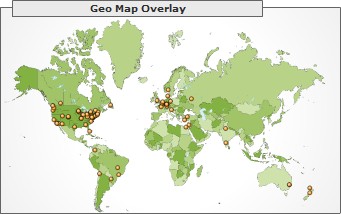I met with a friend today who works for a large bank (a former client of mine). That is, he used to work for the bank until his division, which provides institutional financial services through some pretty amazing application of technology, was spun off in a joint venture between the bank and an equally deep-pocketed European firm, in order to provide these services more effectively around the world. We spent much of our time talking about how exciting the new environment is: the head of the new joint venture is doing the whole rock-star/entrepreneur launch thing, with a fancy launch party for the staff, T-shirts and other swag, and various other bits of team-building and corporate culture enhancements. I know, for those of us who lived in technology through the boom, that doesn’t seem like much, but we’re talking about a bunch of conservative banking types here.
Being spun off as a new, smaller company, they can create systems and services in a much more agile way than when they were part of the bank, in part because they don’t need to conform to the bank’s corporate standards any more; from my experience there as a contract architect several days a week for about a year, I can vouch for the fact that these standards were sometimes oppressive since they didn’t account for the needs of this relatively small division.
As our conversation neared a close, I idly asked him if anyone had been spooked by the idea of working for a smaller, more agile company (there are a lot of veterans of 15+ years there), and was shocked to hear that several people had opted to move from this division back to the bank proper before the spin-off. A new company, backed by some very pockets? An agile business and technology environment unchained from irrelevent (to them) corporate IT standards? In other words, new and interesting work with no financial risk? I realize that I’m a bit of an outlier, having worked for only one company larger than 50 people since I graduated from university (and that chafed so bad that I had to leave after 18 months), but I have to ask, what were those people thinking?

